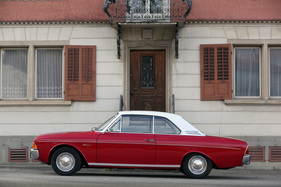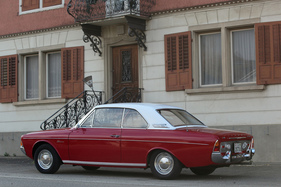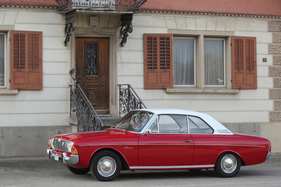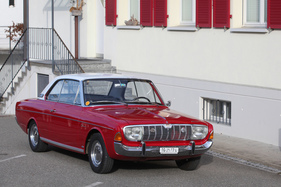Ford Taunus 20M TS - The sporty coupé from Cologne
Summary
With the Taunus 20M, Ford rounded off the mid-range model at the top - the "hardtop", pillarless coupé with the two-liter V6 engine is regarded as a delicacy of the model series. With 90 hp, it had a sporty engine at the time, and the classic, simple coupé shape is still appealing today. We were able to drive a 1966 model and test it in today's road traffic.
This article contains the following chapters
- The decision to opt for the V-shape was not without controversy
- Price of the top model on a par with the competition
- Advanced technology in the new Ford
- Automatic ventilation
- Satisfied trade press
- Safe to drive
- Short construction time, considerable success
Estimated reading time: 7min
Preview (beginning of the article)
When Ford introduced the Taunus P5 in 1964, it was offered as a two- or four-door sedan, a three- or five-door station wagon (called a "Turnier") and a two-door coupé. The 15M with the small 1498 cc four-cylinder engine with 60 hp could not be ordered in Switzerland; the entry-level model had the 1699 cc engine with 65 hp, while the top-of-the-range version with the small engine produced a full 70 hp in the 1700 S thanks to its higher compression ratio. Those who could afford it naturally opted for the large six-cylinder engine, which was reserved for the 20M. From a displacement of 1998 cc, Ford produced 85 hp at 5000 rpm and 148 Nm at 3000 rpm, while the higher-compression, sporty 2000S engine produced 90 hp and 155 Nm at the same engine speed. All models had an automatic choke, which simplified starting in cold temperatures.
Continue reading this article for free?
Photos of this article

















































































































